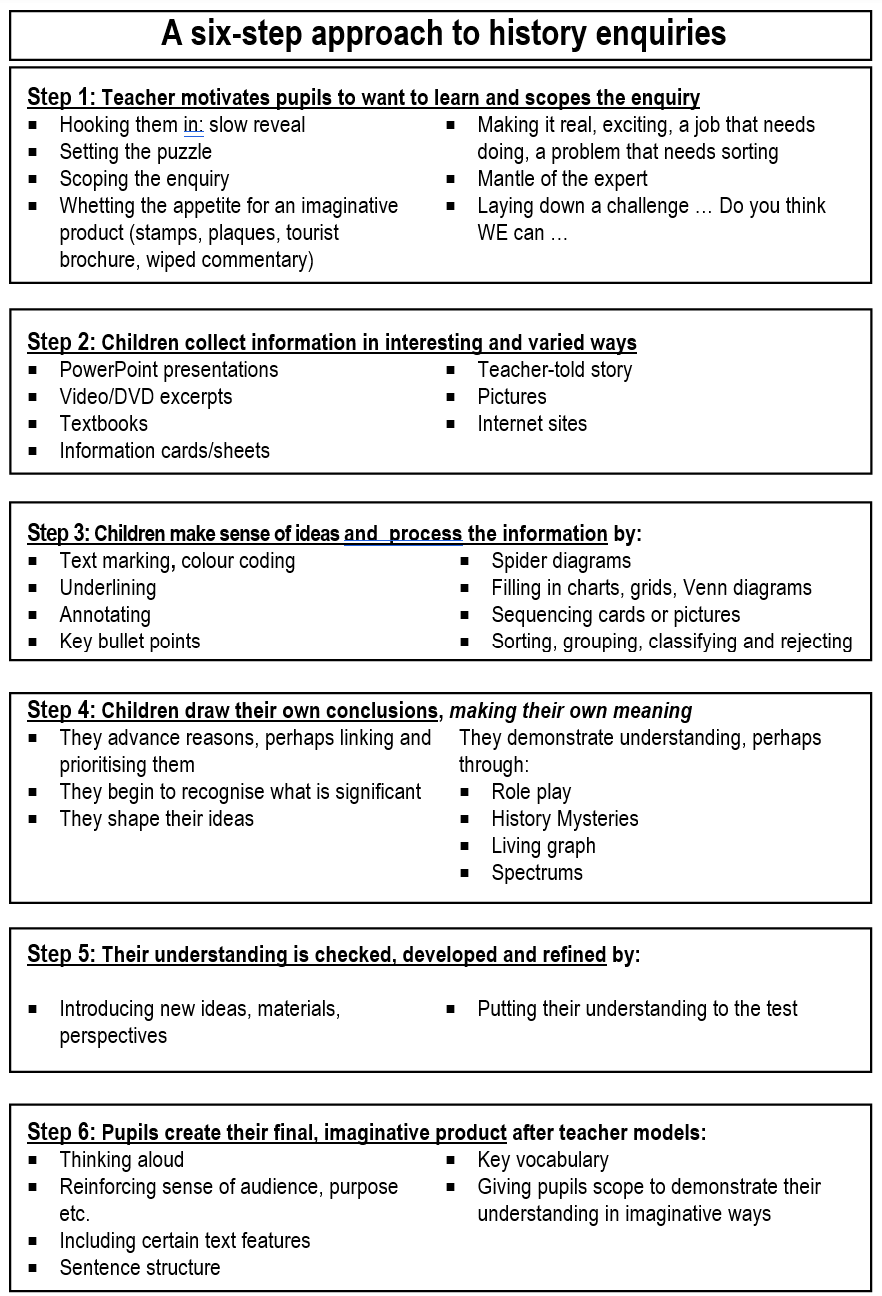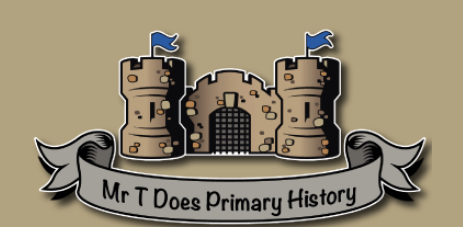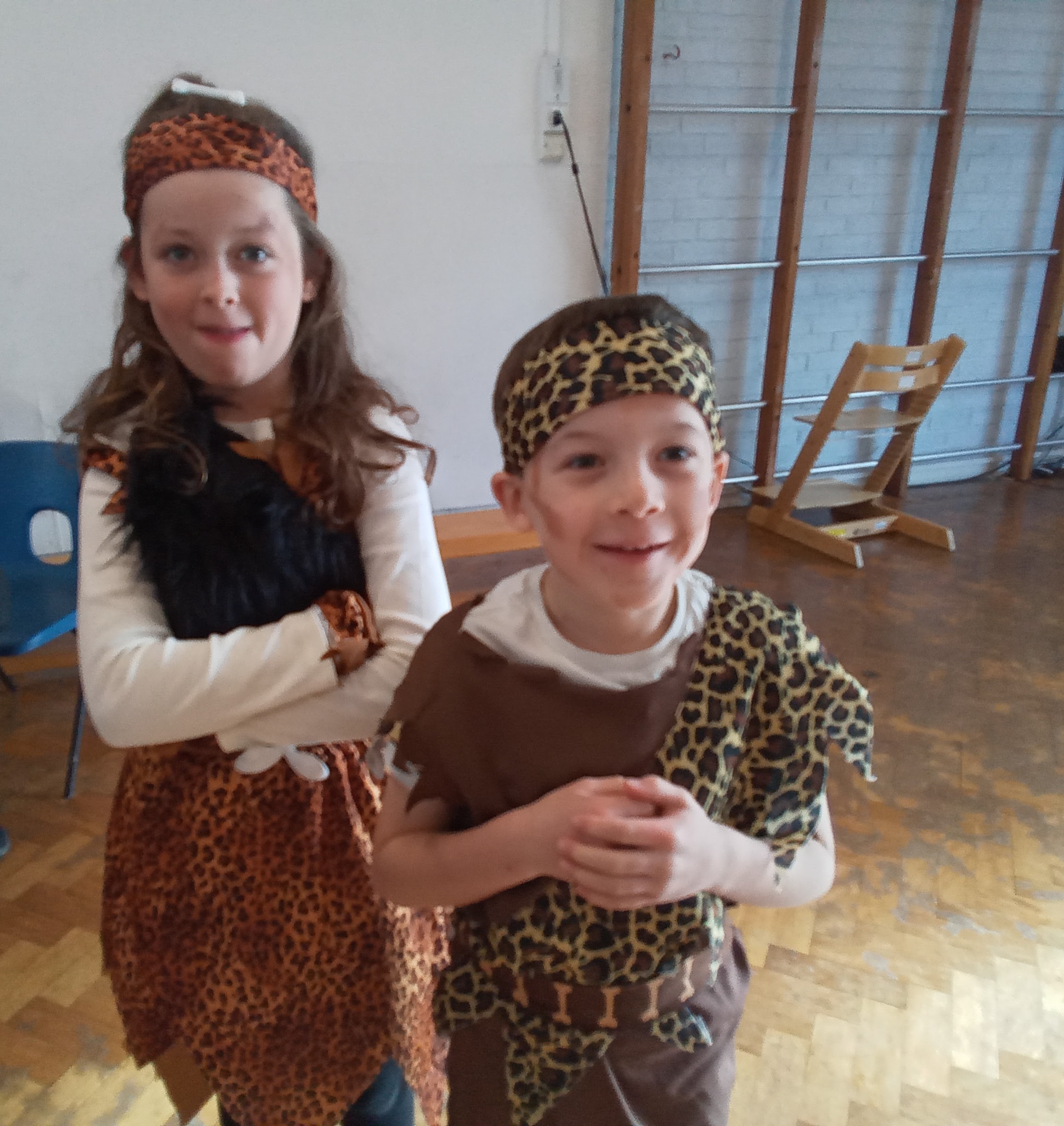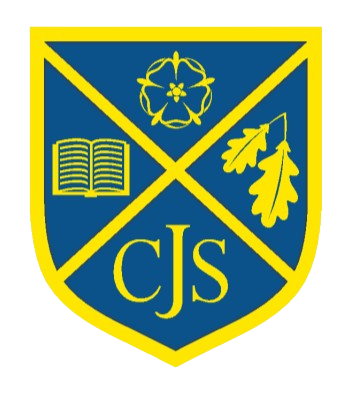History

History at Clanfield Junior School
At Clanfield Junior School, we want our children to be curious about the past and confident in exploring how it shapes the world they live in today. Our history curriculum inspires pupils to ask questions, make connections, and think critically — developing the skills to explore, interpret and explain historical events and people.
How We Teach History:
We follow the HIAS History Six-Step Enquiry Model, which ensures full coverage of the National Curriculum through a clear, connected learning journey. Each unit is guided by a key enquiry question — a ‘big idea’ that drives curiosity and gives children a purpose for their learning. The Six-Step Enquiry Model encourages children to:
- Ask questions and follow their own lines of enquiry
- Investigate and interpret evidence
- Draw conclusions and present their learning creatively

Through these enquiries, children explore both:
-
First-order concepts – key facts, events and people that build secure historical knowledge
-
Second-order concepts – deeper ideas such as cause and consequence, change and continuity, similarity and difference, and significance, helping pupils to think like historians
-
By weaving together these concepts, children develop a rich sense of how history fits together — not just as a timeline of events, but as a story of people, decisions and change.
-
Each enquiry builds carefully on what has come before, allowing children to revisit and deepen their understanding of key knowledge over time. They are encouraged to investigate evidence, challenge interpretations, and draw their own conclusions — developing both factual understanding and critical thinking skills.
-
In Years 3–4, children explore British history in chronological order to understand progress and change over time.
-
In Years 5–6, they extend their learning to world history, comparing how different civilisations developed and influenced one another.
Chronology
Understanding how different time periods fit together can be tricky for children. At Clanfield, we make this easier by using timelines, artefacts and enquiry tasks to help pupils see how events overlap and how one period links to another.
 We’ve been lucky to work with Mr T Does Primary History, an expert in primary history education who, like us, truly values curiosity and a love of learning. His training has helped our teachers make chronology meaningful and engaging — showing children that history isn’t just a list of dates, but a fascinating story where many events and eras overlap and connect. His training has helped our teachers bring chronology to life in the classroom — using engaging, visual timelines to show how history fits together as one big story.
We’ve been lucky to work with Mr T Does Primary History, an expert in primary history education who, like us, truly values curiosity and a love of learning. His training has helped our teachers make chronology meaningful and engaging — showing children that history isn’t just a list of dates, but a fascinating story where many events and eras overlap and connect. His training has helped our teachers bring chronology to life in the classroom — using engaging, visual timelines to show how history fits together as one big story.
With Mr T’s support, our lessons are structured around historical narratives, helping children to:
-
See that many eras happened at the same time in different parts of the world
-
Understand that each topic studied in school is part of a much bigger picture
-
Build a clear sense of how people and events have shaped the world over time
Here is an example of the timelines that we use across the school (not for reproduction without the permission of Mr T):

You can find out more about Mr T’s fantastic work here: Mr T Does History
History trips:
We also make learning memorable through hands-on experiences and local links, including:
-
Butser Ancient Farm – exploring life in the Stone Age and Iron Age
-
Portsmouth Historic Dockyard and Catherington Lith – discovering the impact of WW2 locally
-
Fishbourne Roman Palace – stepping into Roman Britain
-
Special trips for keen historians to visit places such as the Mary Rose Museum and Portchester Castle
By the time they leave CJS, our pupils have a strong sense of chronology, a secure understanding of key historical concepts, and the ability to think like historians — asking thoughtful questions, weighing evidence, and building informed opinions about the past.

